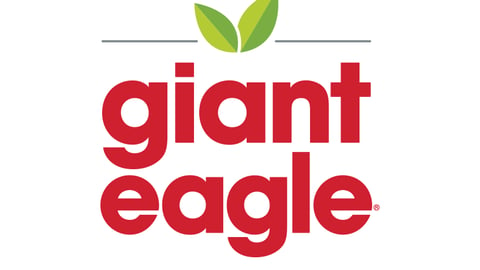Federal Agencies Aim To Tackle Food Waste
Three federal agencies have teamed to release a national strategy they say will drive progress toward reducing the rate of food waste in the U.S. by 50% by 2030.
A Draft National Strategy for Reducing Food Loss and Waste and Recycling Organics from the U.S. Food and Drug Administration, the U.S. Department of Agriculture (USDA) and the U.S. Environmental Protection Agency (EPA) is a continuation of the three agencies' collaborative efforts to build a more sustainable future.
According to the agencies, in the U.S. food is the single most common material found in landfills. More than one-third, nearly 100 million tons, of municipal waste stream is organic waste and food comprises 66 million tons of that waste. identifies opportunities to reduce food loss and waste across the entire supply chain.
"The FDA supports the mission to reduce food loss and waste. While we look forward to our continued partnership with USDA and EPA, we also want Americans to feel empowered and confident in their ability to play a part in that mission," said Robert M. Califf, M.D., commissioner of the FDA. “We encourage the public to comment on practical ways everyone can play a role in reducing food waste."
This strategy is a deliverable in the Biden-Harris Administration's National Strategy on Hunger, Nutrition and Health, released in conjunction with the White House Conference on Hunger, Nutrition and Health in September 2022.
The draft strategy features four objectives:
- Prevent the loss of food where possible.
- Prevent the waste of food where possible.
- Increase the recycling rate for all organic waste.
- Support policies that incentivize and encourage food loss and waste prevention and organics recycling.
For each objective, the draft strategy highlights actions that the FDA, USDA or EPA could take. Examples of specific FDA actions include:
- FDA and USDA will contribute date labeling and food safety advice to inform EPA's national consumer education campaign.
- FDA will continue working with the food industry to advance the goals under the FDA New Era of Smarter Food Safety initiative to support and encourage supply chain stakeholders to adopt and leverage tech-enabled digital tracing technologies to remove contaminated foods more rapidly and accurately from the marketplace, while simultaneously reducing food loss and food waste associated with contamination events.
- FDA will continue to encourage uniform adoption of food donation practices updated in the Food Code, which provide consistency and uniformity for public health officials.
This effort will also provide social and economic benefits, including the potential to:
- Increase food access for food-insecure Americans and increase the recovery rate and donation of wholesome food, such as through the emergency food system.
- Create new jobs, industries, and sectors of the economy.
- Increase supply chain resiliency.
- Deliver financial savings to households, which can also help address the needs of underserved communities.
The public comment will begin on December 5 and will remain open for 30 days. Share comments through Regulations.gov, Docket ID No. EPA-HQ-OLEM-2022-0415.






